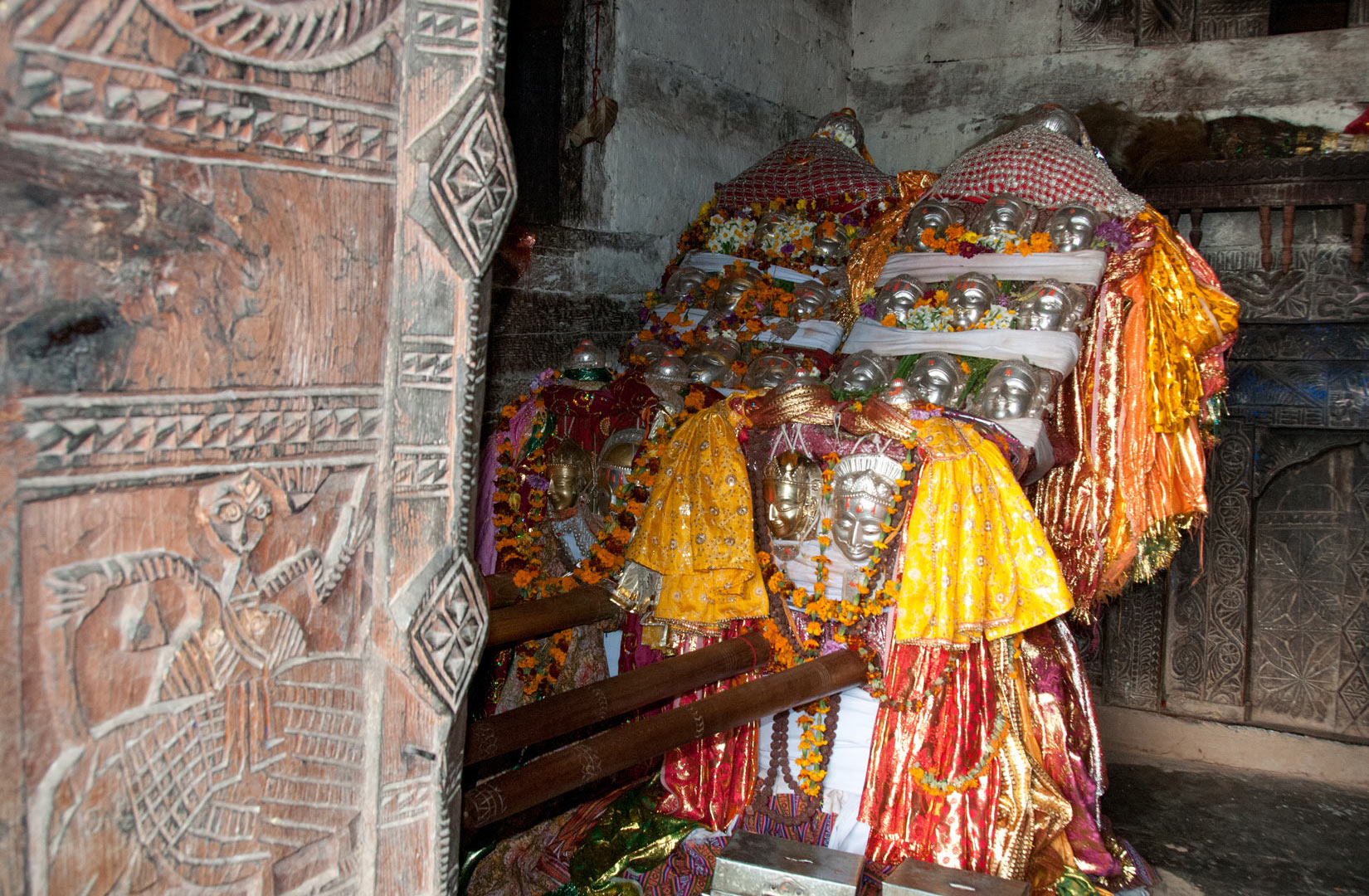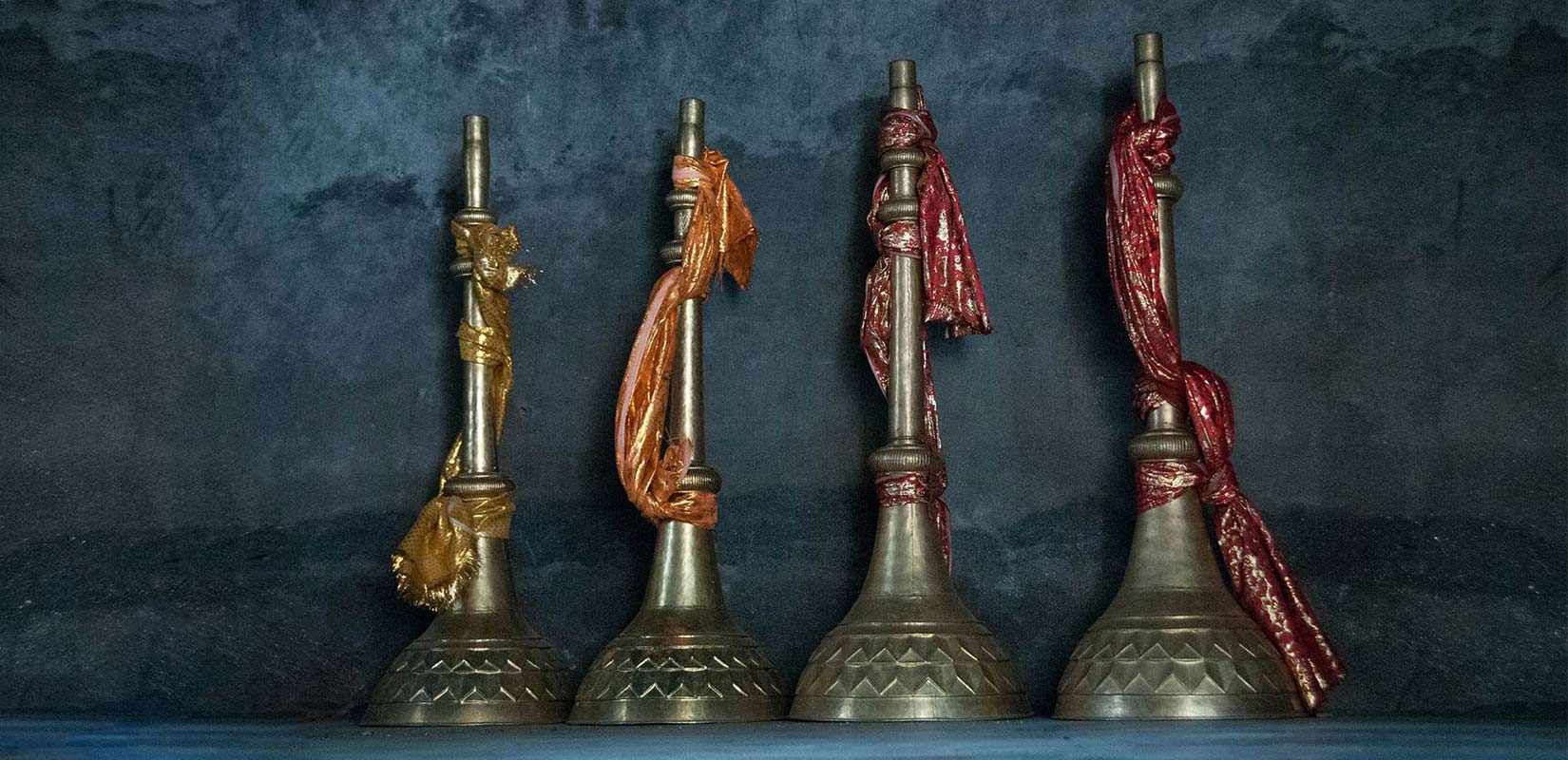Aadi Brahma at Khokhan
It is the day before Dusshera in 2012 is a beautiful autumn day in the valley. Khokhan is a small village near Bhuntar where an old temple dedicated to Brahma sits hidden in the nala (gully). We head up towards the temple complex looking for Ram Nath, the pujari. I have met with him on many other occasions and always enjoy sitting out on his veranda, hearing his stories, and drinking a good cup of sweet chai. Not knowing that Ram Nath is hosting an engagement party for his granddaughter today, I ask around and get conflicting answers about his whereabouts. So off we go to his home and, upon seeing us, he invites us in. I present Flowers of Faith to him, as I had promised him a copy on my last visit. He invites us to sit with his family and friends. We chat for a while and admire how handsome the soon-to-be grandson-in-law is. Before we leave, I ask if he wouldn’t mind standing in front of his 14th-century temple for a photo. He, of course, complies gracefully since he is a kind, humble, gentle man.
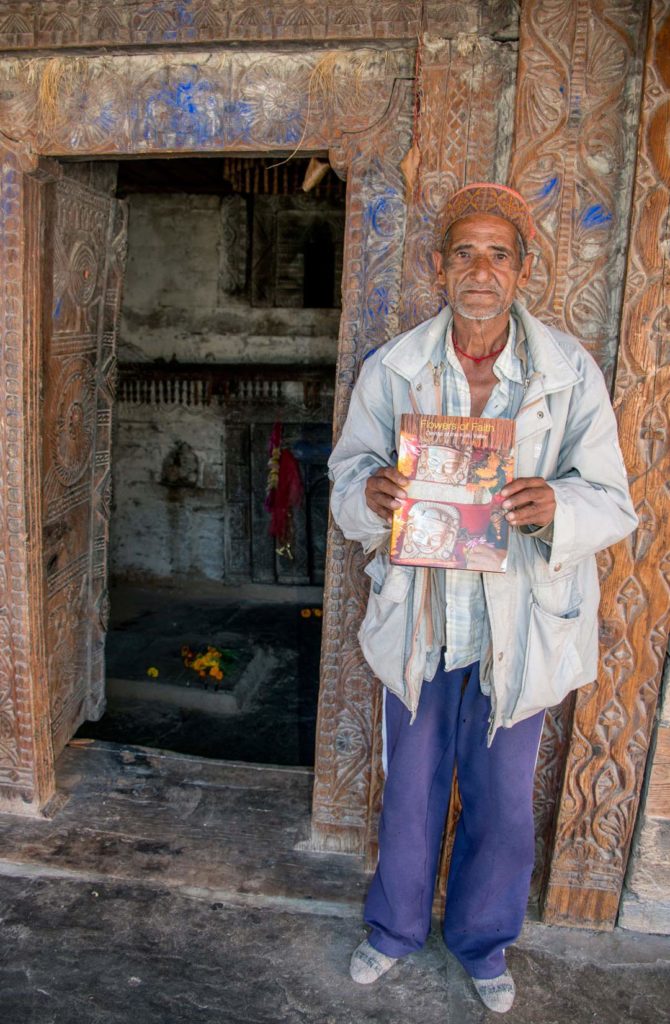
The temple is a very fine example of a pagoda style temple. It is believed the wooden pagoda was built in the fifteenth century, almost certainly on the site of an earlier stone temple, the relics of which can still be seen in the grounds.
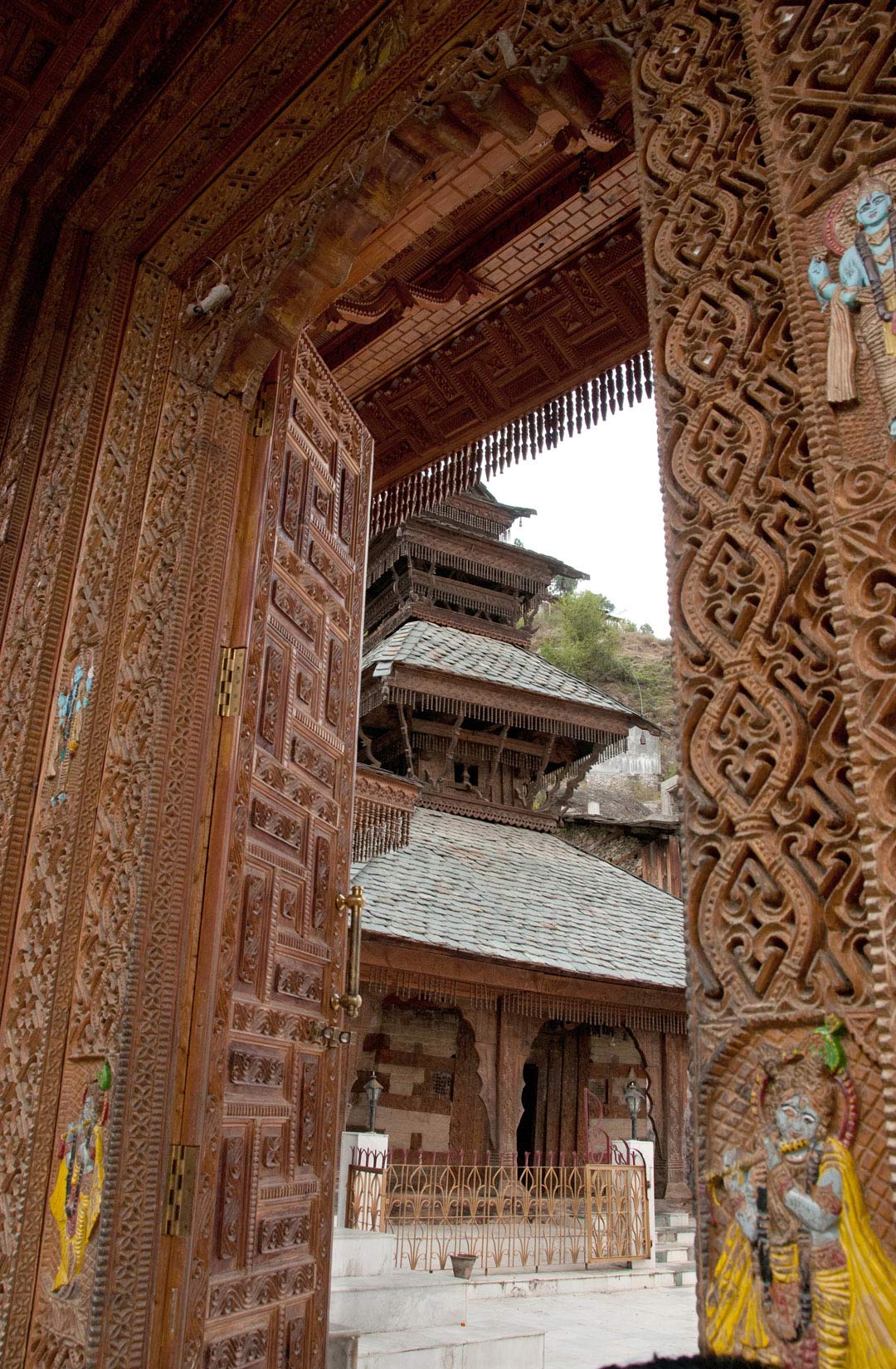

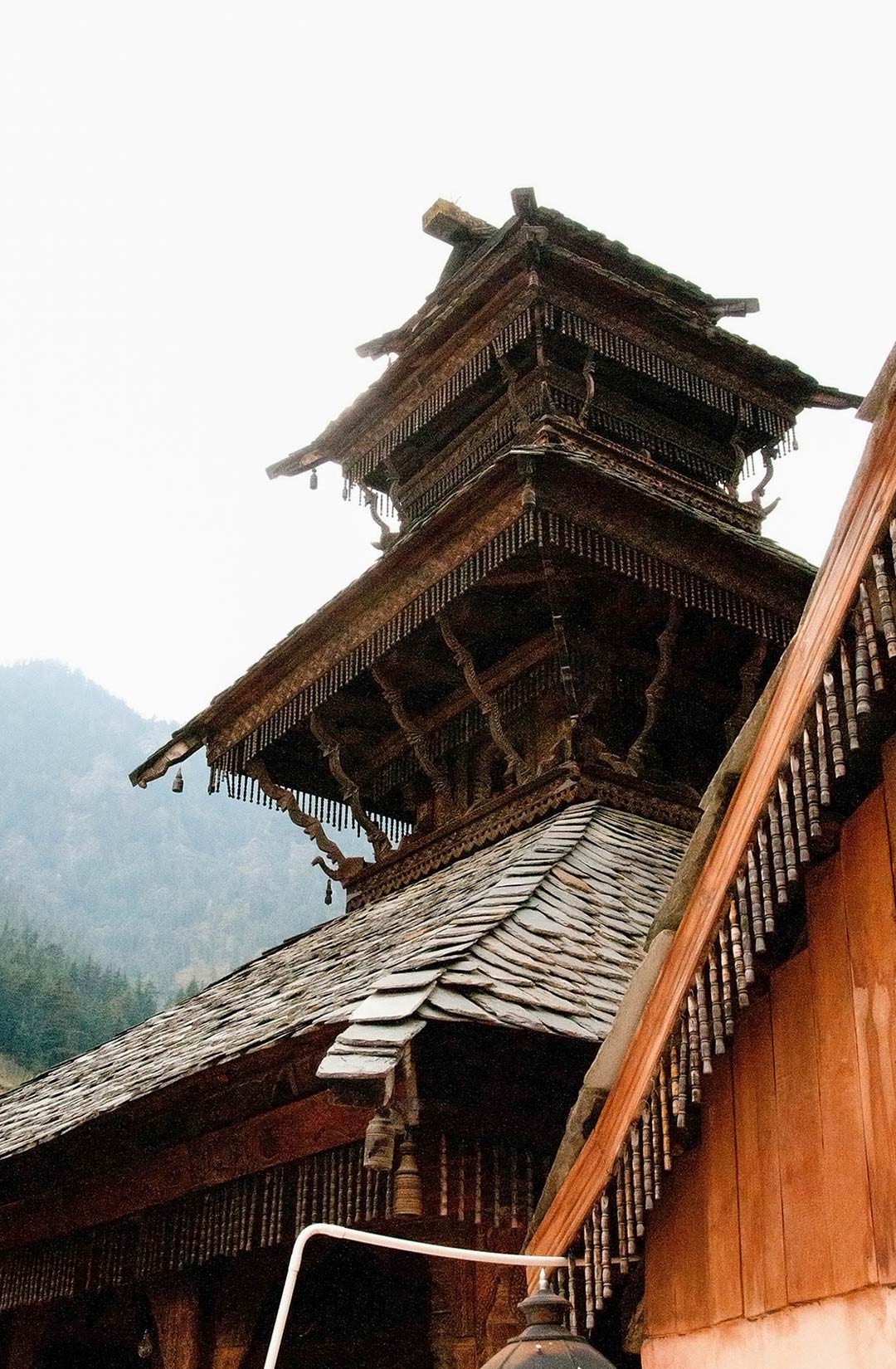
On one of my visits, Ram Nath recounted the story of his ancestors: A Rajput woman earned her livelihood working as a farm labourer. Once, while she was working, she allowed her daughter to sleep under the shade of a tree. When her mother returned to the spot, the child, who was only six months old, started digging with a hoe and tried to take something out of the earth. The woman saw a shining metallic object and finally there emerged a finely carved smiling face made of gold. That original mohra (mask) had a mark on its cheek where it was hit by the farmer’s tool. The kind pujari, Ram Nath, is a descendant of the young child who discovered the mohra.
The temple grounds are always open, and many restoration projects have been completed. Both old and new can be admired. It is the centre of the village. What a beautiful approach: not to separate daily life from spiritual matters.
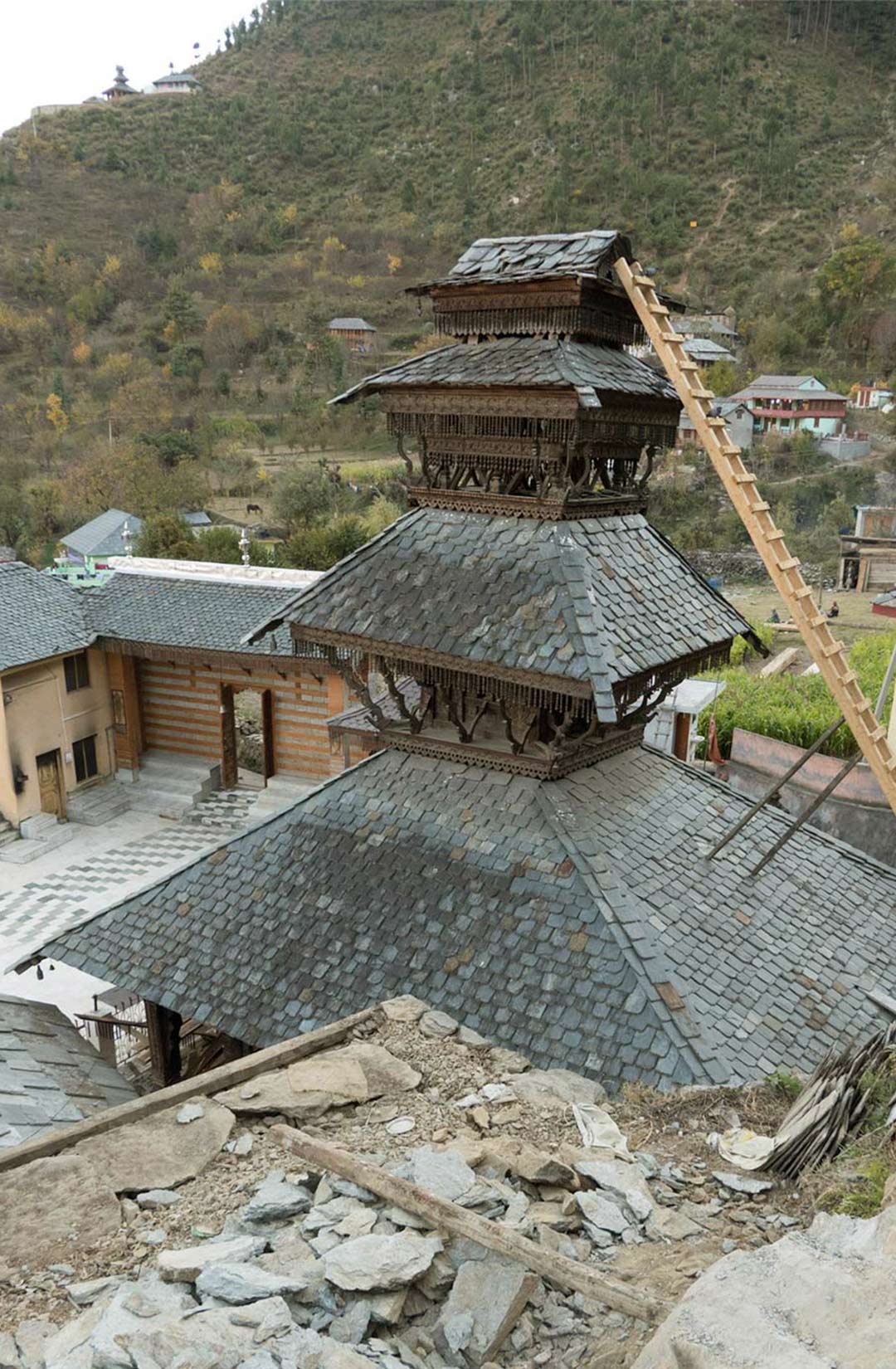
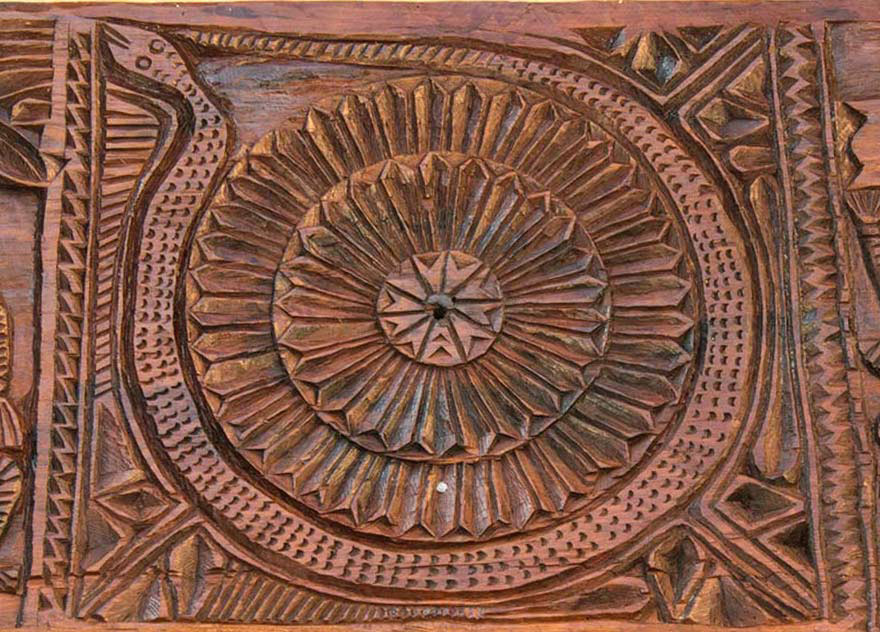
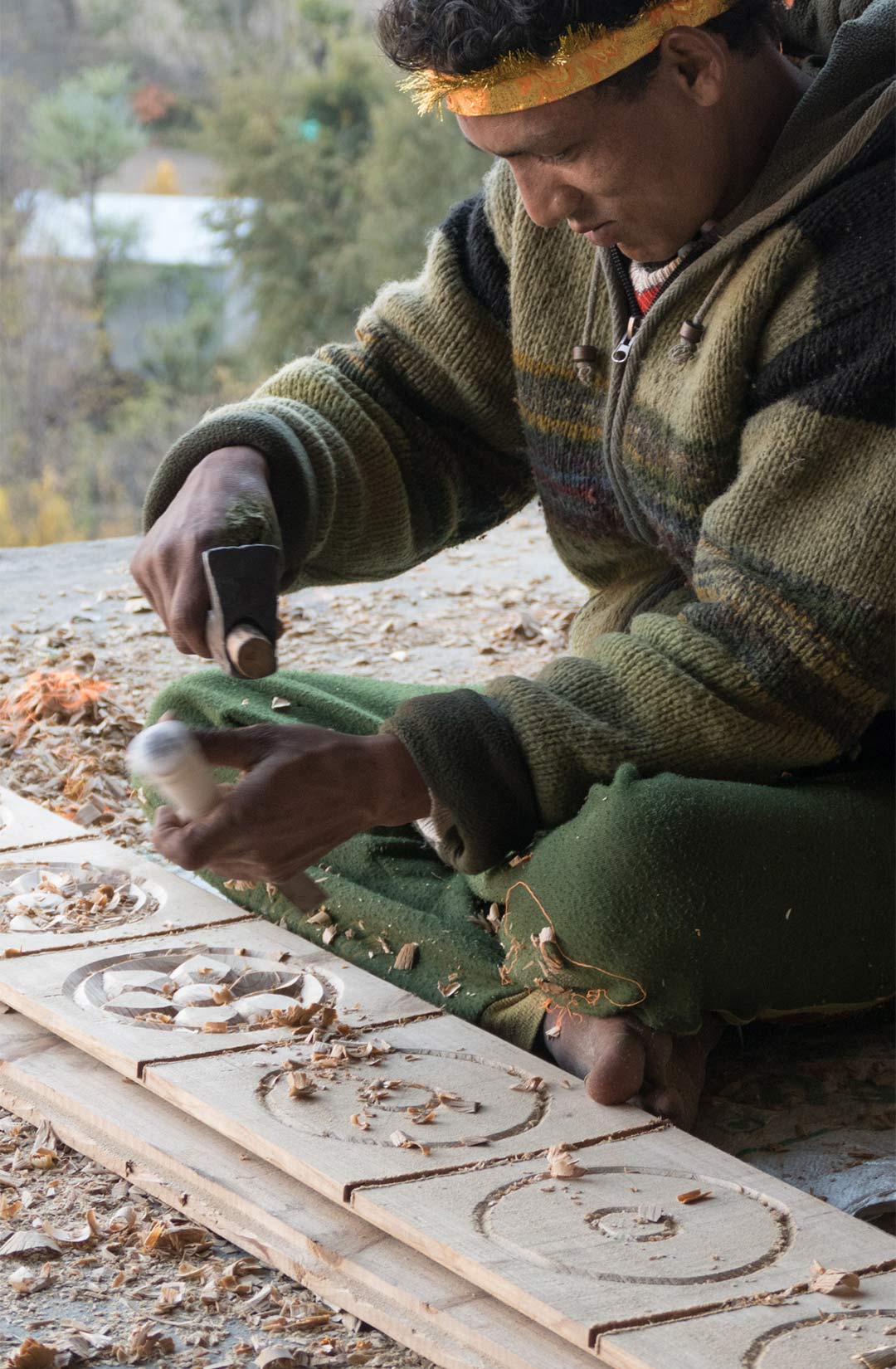
The legend which explains why there are only a handful of Brahma temples in India.
There are very few temples dedicated to Lord Brahma in India because Brahma was cursed by Shiva. The Shiva Purana recounts the story as follows. Once it was decided that Brahma would go up (into the sky) and try to find the source of the pillar of light (Shiva) and Vishnu would go down (below the surface of the Earth) to find the feet of Shiva. Brahma assumed the form of a swan and began his journey into the sky. Vishnu, on the other hand, assumed the form of Varaha (a wild boar) and bored through the earth to descend into the very depths of the world. The two of them pursued their quest for thousands of years, yet could find no end to the pillar of light (as light has no limit). After pursuing their quest for so long, they both got tired.
Humbled, Vishnu decided to end his search and proceed back to Earth. At the same time, Brahma saw a ketaki flower slowly wafting downwards from the sky. He stopped the flower on its way down and asked it where it was coming from. On being questioned by the creator, the flower replied that it had been placed at the top of the pillar of light as an offering by a devotee and had fallen from there. Unable to find the head of the pillar, Brahma decided to end his search and, instead, use the ketaki flower as evidence of having reached the head of Shiva.
Finally, Brahma and Vishnu came back to Earth. When asked, Vishnu replied truthfully that he had been unable to find the feet of the pillar of light even after a very long search that had extended to the very ends of the universe. On the other hand, Brahma (to prove his superiority over Vishnu) lied and said that he had, in fact, reached the head of the pillar of light and had brought the ketaki flower from the top as proof of having reached there. This false claim angered Shiva. He revealed his true form and then cursed Brahma, telling him that he would have no temple dedicated to his worship, since he was undeserving as a result of his falsity.
